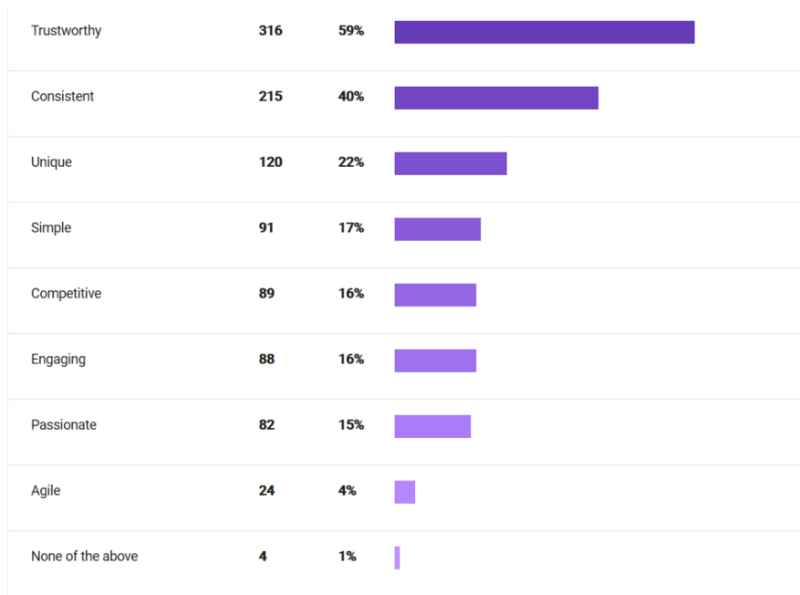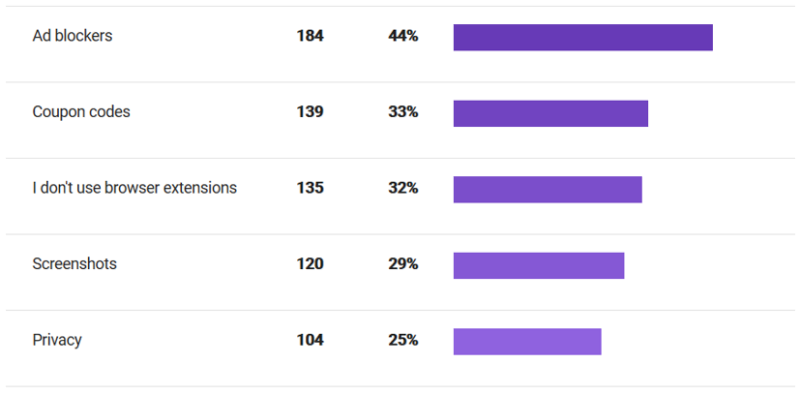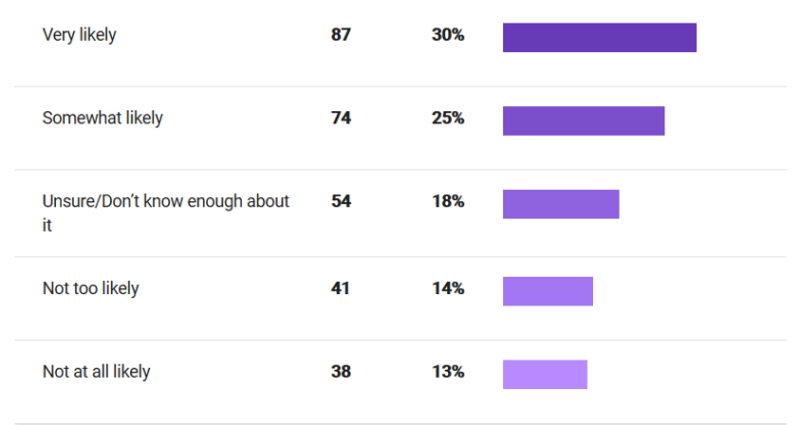Technology helps empower all of us to achieve more. But technology alone can’t make business decisions for us — people still matter in strategic business management. Our behavior and our motivations, the changing dynamics of communications, technology evolution and the way these forces collide and intersect in our daily lives — all of this has an impact on the business decisions that lead to innovation.
Why trend forecasting around media planning involves more than simply understanding technology
Researched and written by the Microsoft Advertising Brand Studio,
2020 Vision: Trends to define the next decade explores what trends will define the next 10 years of the century. We’re interested in the intersections of advertising technology and people’s behavior, and how these intersections impact your brand.
For this report, we’ve defined five categories of influence:
Culture, Marketing, Media, Technology and
Economics. We’ll examine what media planners and marketers need to understand about each category, and how they intersect with each other to influence behavior. Additionally, we’ll look at some lessons learned from the past decade that may help us determine what happens next.
At Microsoft Advertising, innovation, trust, privacy, data and communications are critical to shaping our future. We strive to be your partner in technology, advertising and design experience, and help you create intelligent connections. We believe the following trends outlined in this report will have the greatest impact for organizations, customers, your employees, clients and partners in 2020 and beyond.
A look in the rear-view mirror: Trends of the 2010s
First, let’s review the trends from the past decade (2010 to the present) and discuss how they will influence how we operate in the next decade.
Culture: We are all media
The democratization of media and communications has led to the liberation of people (literally) in some parts of the world and customers in others. Having access to vast amounts of information on the smartphones in our pockets has given rise to a new buyer’s journey based on personal experiences, wants, likes and needs. Instead of the traditional, mostly linear path to purchase, in the 2010s, the buyer’s journey began to look more like a rock-climbing wall.
Today, people learn about brands through word of mouth, sponsored content and ‘edutainment’ rather than through advertisements. This trend has inspired consumer fascination with user-generated content, online reviews and star ratings. Additionally, people are empowered through ecommerce and social media to build successful businesses out of their homes.
Marketing: Engagement state
Marketers now know that engagement is the most important success metric. Four distinct engagement methods emerged over the past 10 years:
platforms (TV; online),
context (program; website),
message (ad or communication) and
experience (store/event). We also began to measure brand engagement and performance based on calls to action, and attribution models evolved to track when or where people take those actions. What’s left to figure out is the “why.” In other words, what causes someone to take action and engage with a brand?
Media: Two microphones and a Wi-Fi connection
A blog grows into a media company that puts a dent in ESPN. A youth brand emerges from a magazine and becomes the go-to news source for investigative journalism. An all-podcast platform evolves that’s dedicated solely to sports. This all came to fruition over the last decade. If you had a voice and a blog with high search engine rankings and could imagine a new expression of media, you could make it happen.
And as the 2010s brought disruption, legacy and venture-backed media companies felt the pressure. Some didn’t survive while others were sold off in parts.
Where is media headed the next decade? It’s hard to predict: Video, programmatic media, streaming, audio, out-of-home advertising and mixed-reality experiences will enter the fray and possibly lead to new models of experimentation. Once that happens, what will become of podcasts, streaming TV, linear TV and search? We’ll have to wait and see.
Technology: “Hey Siri, what’s the weather?”
The 2010s ushered in the age of intelligent assistants (IAs). Powered by artificial intelligence — the technology buzzword of the decade — IAs such as Alexa, Echo, Google Home and others began doing our bidding and answering our questions. Today’s advanced algorithms enable us to say “Set a timer,” “Play this song,” “Set up this meeting” or “Create this list.” We can ask “What’s the weather?” or “Where’s a good sushi place near me?” and our IAs dutifully respond with the information we need. Additionally, new user interfaces emerged to help power the Internet of Things (IOT) and control everything from the temperature inside your home to the ignition switch in your smart car. All it takes to activate this AI-powered reality is an invocation such as “Hey, Siri,” “Hey, Cortana,” “Alexa, tell me…” or “OK, Google” and you’re off to the races. We’ve become accustomed to having our IAs handy, and now many of us can’t imagine life without them.
Economics: Automation overdrive
During the last decade, you couldn’t go wrong investing in tech solutions to power your business. Digital transformation helped businesses in every industry improve efficiency and change how customers engaged with them. Hypergrowth led to
unicorns — companies that “moved fast and broke things.”
But although architects designed solutions that worked, many failed to consider their human audience. Emails went to no-reply addresses. Advertisements creepily popped up on newsfeeds after one spoke about a brand on a phone call or in a text message. In this decade, expect to see the pendulum swing the other way, as businesses work to humanize their designs and interactions with target audiences.
The past is a prologue
The trends that characterized the years between 2010 and 2020 won’t disappear — they will resurface and continue to influence our decisions in the next decade.
On the radar: Trends of the 2020s
New trends are emerging in the same five categories for the next decade. Let’s explore the trends we feel will have the greatest impact on how we interact with each other, our customers and prospects, our partners and the world at large.
Culture: Private social trust
If you choose companies based on their commitment to the social good, should those companies be forthright about how they use their data?
During the next decade, consumers will increasingly subscribe to the
Betterness Manifesto, and brands will need to shift directions to win them over. For example, brands who support sustainability and produce climate-friendly products will prevail. Even Salesforce CEO Mark Benioff says
growth economics may need to be re-imagined. All of this is leading to a movement of “private social trust.”
Over the last few years, we have amplified our opinions and intent across social networks based on the searches we conducted and other behaviors that were closely monitored and analyzed by brands. But we’re beginning to move away from an always-on public existence to a more private world built around personal social circles. In this new world, private chats and messaging zones, and word-of-mouth recommendations are what people will trust.
How do brands gain traction in an environment where ad blocking and tracking become the norm? How will we understand intent as the signals we’ve used for the past 10 years become unavailable because of increasing data oversight and new regulations shaking up the ad tech space? In this new reality, only the brands that build trust with consumers will have relevance.
Which characteristics do you value the most in a brand?

Marketing: Blocked you
Tracking and targeting customers will be harder to do well for a few reasons: Stricter regulations around how companies use data, and the rising use of tools and browsers that block ads and tracking.
California, for example, will introduce GDPR-like legislation in January called the
California Consumer Privacy Act (CCPA), which requires companies to delete customer information if the customer asks them to. This law may give rise to similar legislation across the other 49 states. With more oversight about how businesses use consumer data, targeted marketing will be challenging to implement.
Some brands may turn to using highly interactive ads that rely less on engagement in the form of a
like or clickthrough and more on the back-and-forth banter between the ad experience and the consumer. Think of an interactive ad asking you to “Choose Your Own Adventure” then responding with additional interaction or next step based on your choice. In search, this type of interaction could begin to replace the practice of clicking through to a web page or content download. New platforms will create experiences that look more like a personal concierge than an ad, leveraging interactivity that makes consumers feel like they’re texting a friend — not being sold something by a brand. Eventually, brands will begin to rebuild the trust they’ve lost and be unblocked.
Which, if any, browser extension do you use on your personal computer/laptop?

Media: Mashups and Mutations
Traditional media (and even original digital media) will mutate, converge and consolidate to create new offerings. Here’s what we can anticipate:
- Display + Native + Search will converge to build new online advertising solutions that were previously in siloes.
- TV + Online Viewing Behavior will create new programmatic ad targeting within streaming TV menus (Netflix, Hulu, Disney+, etc.).
- Improved Retail Search will enable a new ecommerce landscape.
These new offerings create a whole new marketplace with their own demand and supply. Streaming entertainment will be the major focus for audience-based buying. Additionally, media is segmenting into niches, offering consumers diverse perspectives and catering to the edges. Mass media is now out of favor with consumers as a source of personalized and niche/cult media. And although linear TV won’t die, it will take a back seat to connected TV, where almost anyone can start and program a channel.
The 2010s trend,
Two microphones and a Wi-Fi signal, will continue to have influence in the coming decade. More relevant and targeted advertising will be possible on streaming TV because data on the backend will enable high-performing ads to be delivered to extremely targeted audiences. A mashup of search, audience-based buying and news content will fuel many of the evolving platforms to watch.
How likely are you to switch your current TV plan for a live streaming service like Sling TV, fuboTV, Philo, or Hulu in the next year?

Technology: The victory of defaults
The process of understanding the buyer’s journey and marketing performance based on that journey can be measured by what we call the
Customer Experience Quotient. This metric is becoming more important as the rise of AI and intelligent assistants impacts ad delivery systems. Top choices, as determined by AI-powered search algorithms, will become the default consumer favorites and allow those who develop for AI to win entire digital marketplaces.
In the 2010s, voice user interfaces became popular, setting the stage for world in which discovery and answers based on solutions take precedence. Brands that map how customers can solve problems will become more prominent.
Think about this exceptional customer experience example: You type into a search engine how to edit a video using video editing software. The default brand with that solution gives you not only a tutorial on how to use it, but a guest login for a free trial. At the same time, they dispatch an expert who offers to coach you through the tutorial at a time convenient to your schedule. Impressed by the exceptional customer experience the brand delivers, you’re likely to become a customer. That’s the Customer Experience Quotient in action.
In 2020 and beyond, the brand who delivers on the customer experience becomes the default brand, not because of an ad, but because of the experience it provides in response to the ad. This is how brands will differentiate themselves and maintain a competitive edge.
When deciding to purchase/subscribe to each of the below products/services, which of the following factors most influence your decision? (Up to 3 selected.)

Economics: Zebras eat unicorns
Disruptive models from the 2010s centered around automated design that lacked human elements. As a result, the rise of unicorns may give way to a new model — or animal — that isn’t fictitious: zebras.
Zebras fix what unicorns break by feeding on them and getting stronger. Unicorns have a weakness: they’re all about building fast and realizing big returns. But they literally burn out into non-existence because they’re not built to last. Why? Because unicorns weren’t real in the first place.
But Zebras are real — and built to last. In the 2020s, a company’s business model will be the first domino in a long chain of consequences. In short, “
The business model is the message.” From that business model flows company culture and beliefs, strategies for success and end-user experiences that, ultimately, shape society. New, alternative business models that are at odds with the startup status quo will balance profit and purpose, champion democracy and put a premium on sharing power and resources. Companies that create a more just and responsible society will hear, help and heal the customers and communities they serve.
Think of our most valuable institutions. Unicorns are rewarded for disrupting them — even razing them to the ground. In the 2020s, the pendulum will swing in support of companies that are built with infrastructure that subscribes to and nurtures this new human-centric philosophy and the technology that empowers it. The motto of businesses in the 2010s, “Move fast and break things,” (attributed to Facebook’s Mark Zuckerberg) will fade into obscurity. A new phrase, “We have values that are more than ‘grow fast and exit,’” will guide business strategies in the coming decade.
Personalized picks from the authors of this report
Aya Kikimova – Strategic Sales, New York, NY
2020s Trend to Watch: Visual Discovery
Looking for something? Search for it. You know you need it or maybe you want it. What about the idea of discovery? There are the brands you didn’t know about until you discovered them and fell in love with them. These are the brands that got you at “hello” — or maybe “thank you.”
As new brands pop up every day and find their voice, discovery and the “wow” factor will be critical to their success. As consumers, we hunger for new experiences and new ways to connect with each other and build relationships that bring meaning to our lives. We want to discover new brands seamlessly, in a way that pleases our senses, starting with sight. We’re addicted to screens and our eyeballs are looking for a new thrill factor — one that takes us beyond links and text, and is powered by images.
What is it? Visual storytelling that connects consumers to brands in an effortless and innovative way. Some examples include image or video search and suggested search, augmented and virtual reality, and new advertising formats across traditional and digital media. How easy would it be if you take a picture of something you want rather than trying to search for it using words? What if the image — not the text — drove the discovery process and enabled a new gateway to understanding the world around us?
Where did it originate? This trend has its roots in the increasing adoption of mobile phones worldwide, and the high-speed internet access that has facilitated screen addiction (and, um, neck problems).
Why will it pick up? With more Gs (5G is hot on our heels) and more memory in our smartphones, we can watch more of the exciting visual content we crave. This trend is evidenced by new video streaming services that are launching or have already launched — think Disney+, HBO Max, Apple TV+, Group Nine Media, Pluto TV and so on.
Geoffrey Colon – Head of Microsoft Advertising Brand Studio, Redmond, WA
Trend to watch in 2020s: Demetrication
What is it? Likes. Retweets. Views. Followers. Subscribers. These are the metrics by which the words, photos, videos — what’s known as content — are assigned a value. They also make people anxious, depressed and insecure, seeking validation for their personal brand (the equivalent of a remix of ambulance chasers).
Where did it originate? This trend began in 2012 with Benjamin Grosser, an artist and assistant professor of new media at the University of Illinois at Urbana-Champaign. Grosser builds little UX hacks for liberating Facebook, Twitter and Instagram from the hegemony of hearts, notifications and follows. Install one of his extensions and you’ll find the room looks the same — but the curtains have disappeared.
Why will it pick up? We create rules for ourselves about how to act within systems based on what the numbers say, but we don’t realize we’re doing this. Online etiquette is dictated by digits. An underperforming post gets deleted. Our own posts are shaped by a hunger for numbers and, over time, we create only what the machine tells us to: The inflammatory, the incendiary, the infantile.
Trends in marketing skills identified as important for the 2020s (based on our LinkedIn poll with 600 global senior marketer participants)
Soft skills:
- Creativity
- Humility
- Empathy
- Adaptability
- Transparency
Hard skills:
- SEO
- Data analysis
- Copywriting
- Behavioral analysis
- Automation
Download 2020 Vision: Trends to define the next decade.
Stay empowered and intelligently connected.
Insights: Marketing with Purpose
Daily Podcast:
Insights with Microsoft (Subscribe on Apple Podcasts, Google Podcasts and Spotify)
Facebook
Twitter
LinkedIn
Instagram
YouTube